Key terms - Introduction to Ecological Principles
1/16
Earn XP
Description and Tags
Key terms and biomes
Name | Mastery | Learn | Test | Matching | Spaced |
|---|
No study sessions yet.
17 Terms
keystone predators
dominant predators that moderate competition among the species upon which they prey, reducing the density of strong competitors and thereby allowing less aggressive competitors to maintain their populations within the community
population
individuals of the same species living together within a given area
Biosphere
the portion of Earth where life occurs
Limits of Tolerance
Plants and animals with a wide range of tolerance for variations in environmental living conditions have the widest distribution. A more narrow range of tolerance limits distribution.
ecosystem
the basic functional unit of nature. Living and nonliving elements interact to process energy and cycle materials
Limiting Factors
environmental conditions that limit or control where an organism can live
biotic community
a natural grouping of different kinds of plants and animals within any given habitat
Law of the Minimum
“. . . the growth of a plant is dependent on the amount of foodstuff which is presented to it in a minimum quantity” (Justus Liebig). Ecologists have expanded this concept beyond mineral nutrients to include light, temperature, pH, water, oxygen supply, and soil type.
ecological dominants
those organisms which exert a major modifying influence on the biotic community
biomes
areas that can be recognized by the distinctive life forms of their dominant species; in most cases, by the dominant type of vegetation
Principle of Competitive Exclusion
When two species are competing for the same limited resources, only one will survive. Only when the environmental resources in a given community are partitioned among the coinhabiting species by means of niche diversification is direct competition minimized, thus permitting coexistence of species.
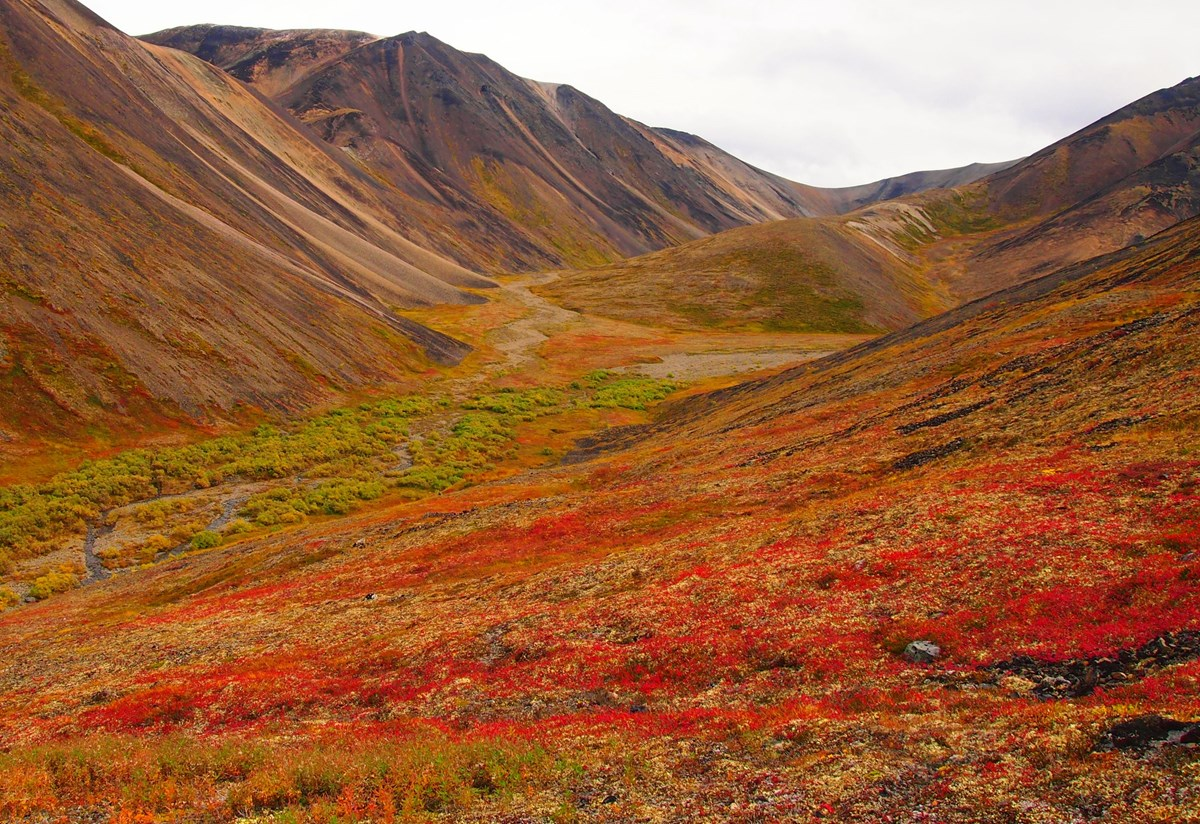
Tundra
Tundra is the coldest of all the biomes. The winters are extremely cold with temperatures typically below -34° C. This biome still sustains life although it encounters these extreme temperatures
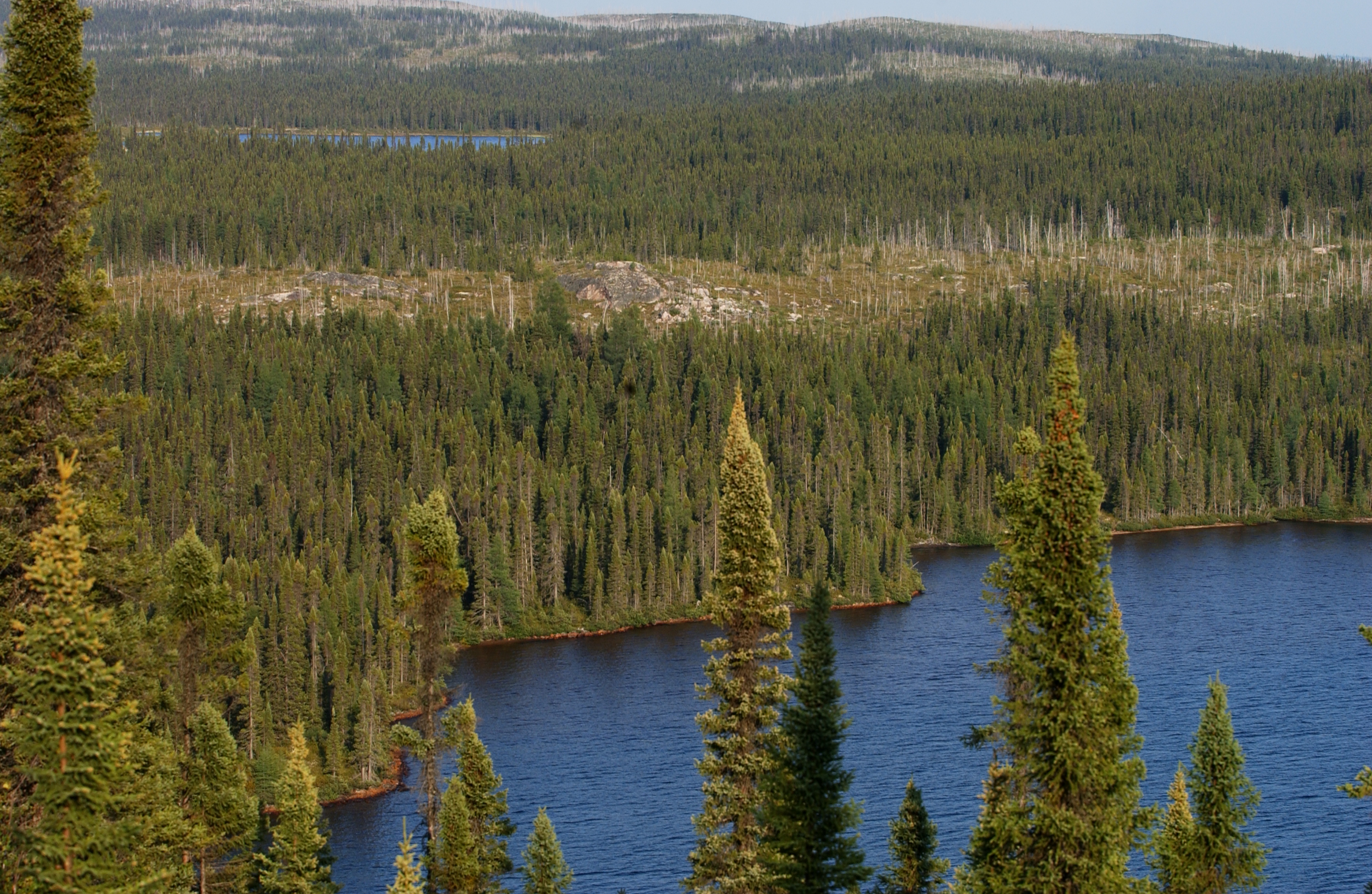
Taiga
Taiga, also known as the coniferous or boreal forest, is the largest terrestrial biome on earth. The tundra biome typically has short, wet summers and long, cold winters. Precipitation is moderate in the taiga.
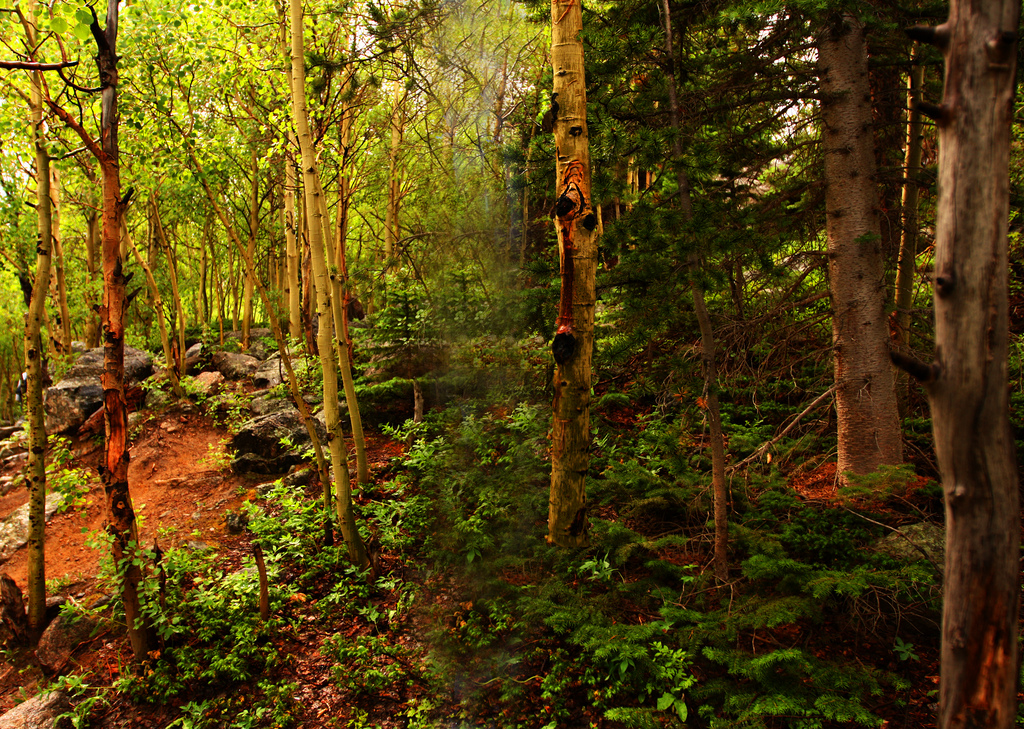
Temperate deciduous forest
The temperate deciduous forest experiences all four seasons - winter, spring, summer, and fall. This biome gets its name because the temperatures are not extreme.
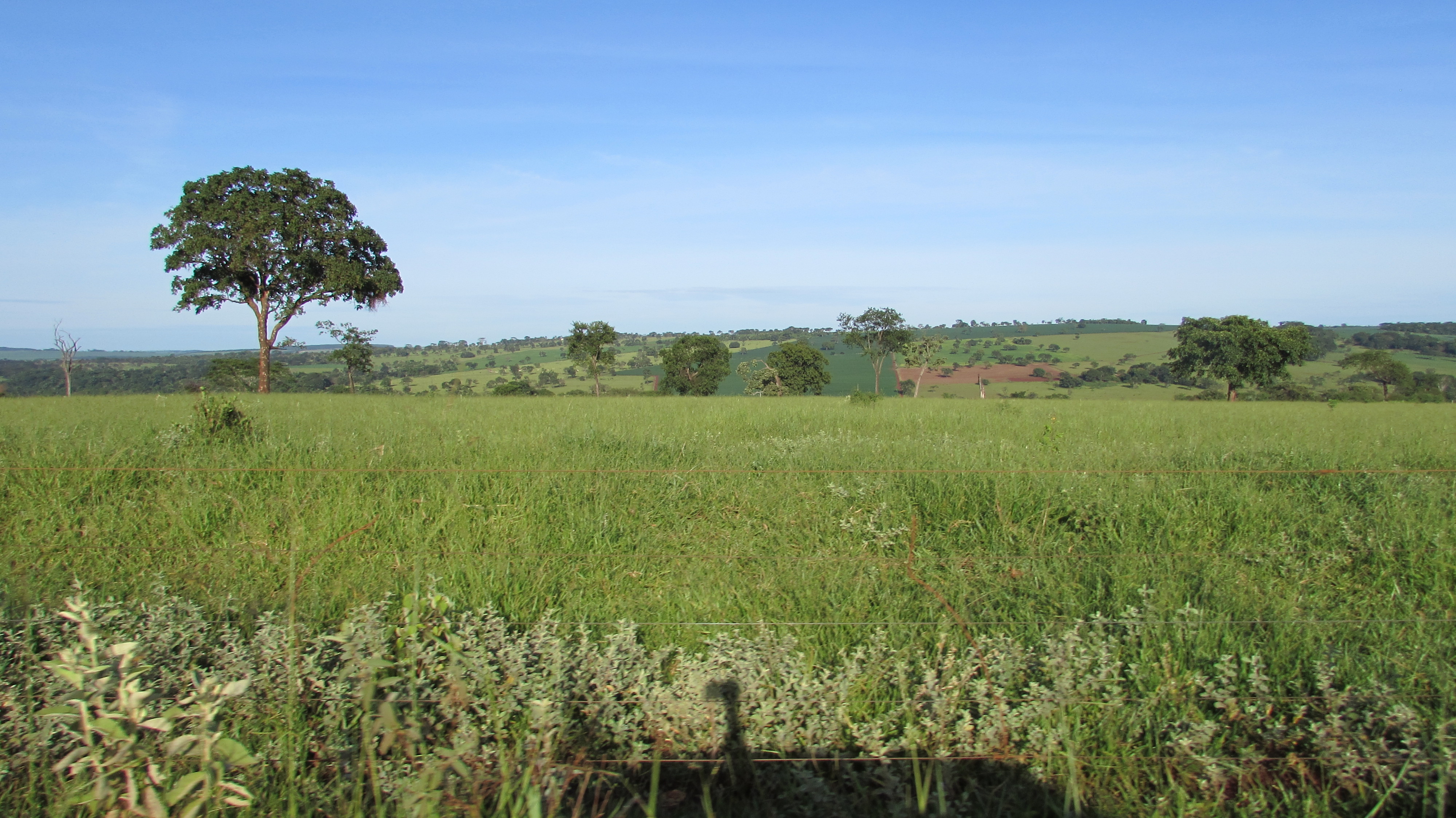
Grasslands
Grassland biomes are made mostly of large, rolling terrains of grasses, flowers, and herbs. Twenty-five percent of the Earth is covered by the grassland biome.
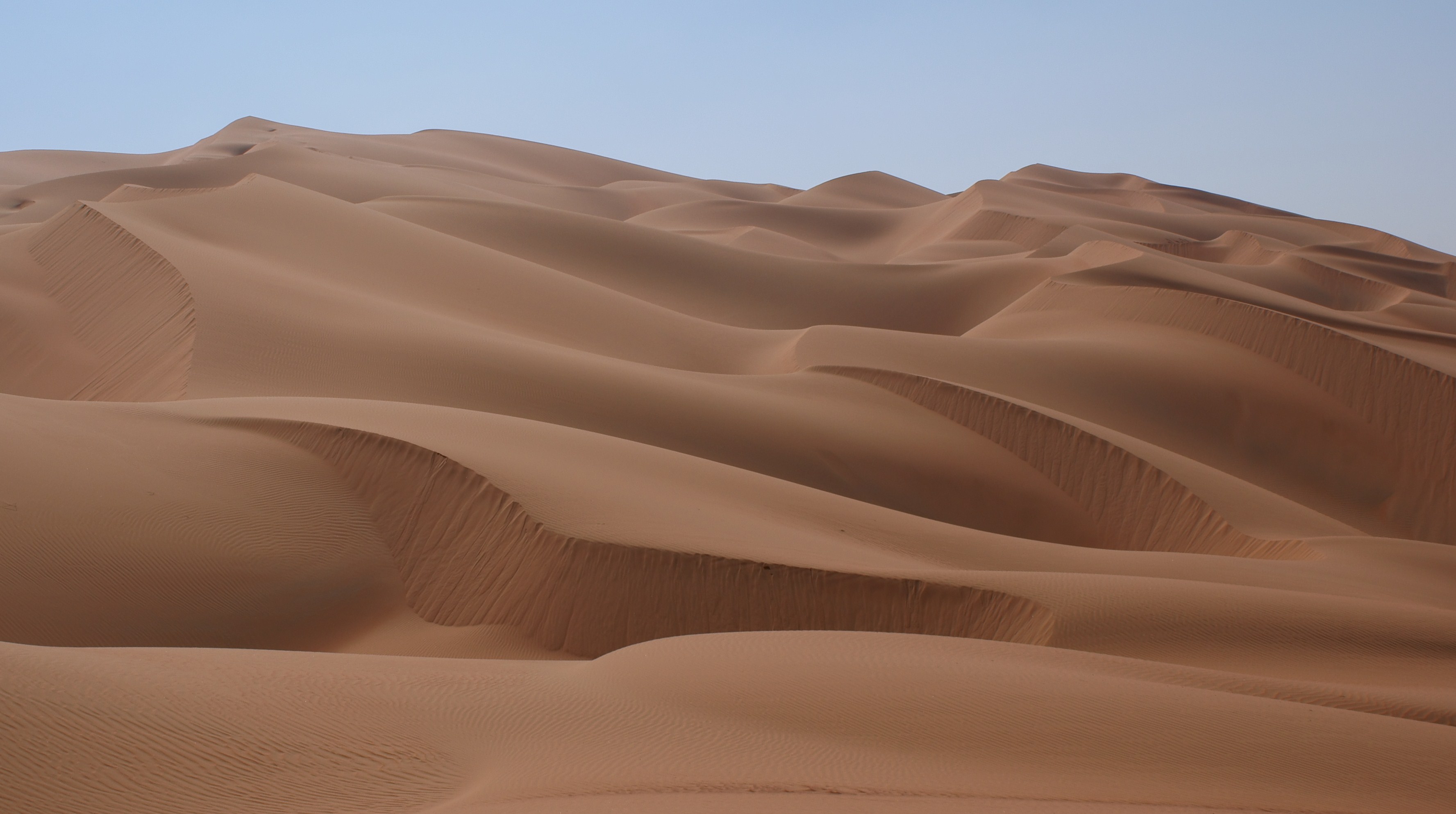
Desert
The desert biome is the driest of all the biomes. It is an ecosystem that forms due to the low level of rainfall it receives each year.
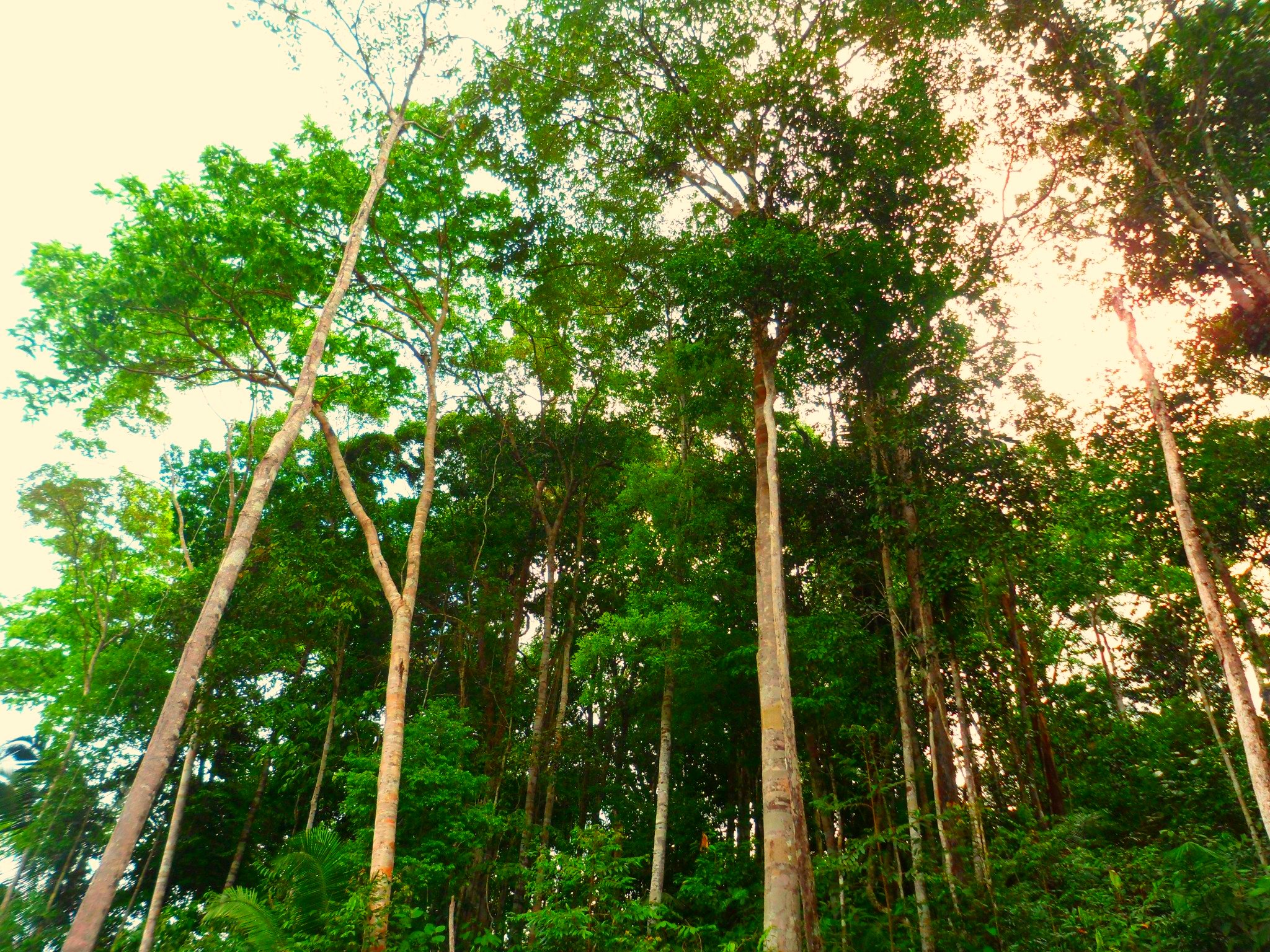
Tropical rainforest
The tropical rainforest biome is a hot, moist biome where it rains all year long. It is an ecosystem that covers about 7% of the Earth’s surface.